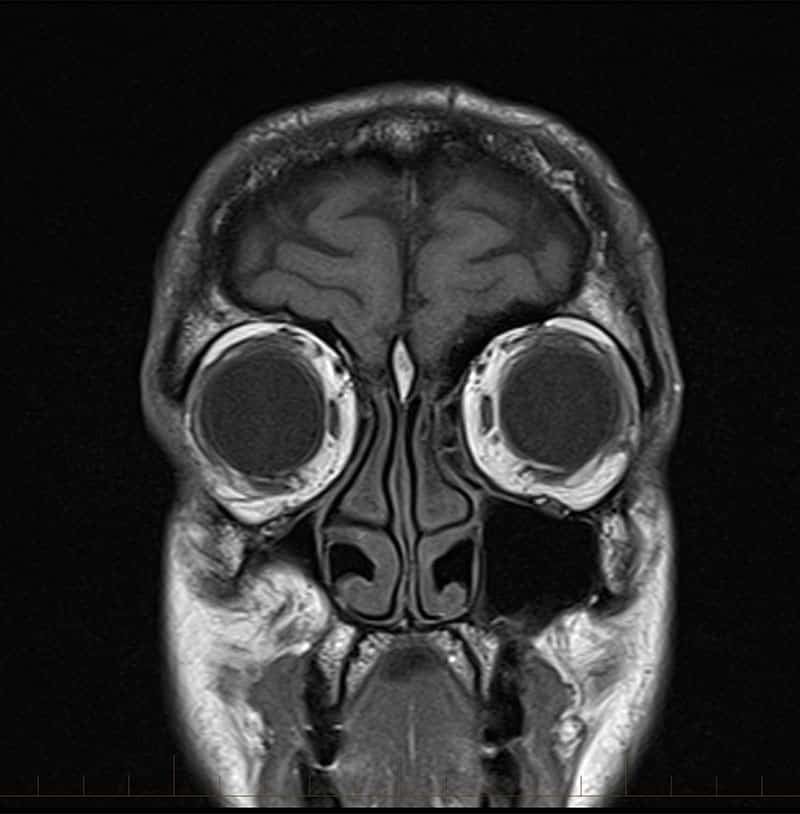

Together with newer trends such as US-elastography and contrast-enhanced ultrasound (CEUS), it contributes to the assessment of lesions dignity (whether it is benign or malignant). Its benefit is not only its low cost but also its repeatability and non-risk character. For younger women (under 40), pregnant women, or women during lactation, as well as for women with inflammatory breast disease or impaired mammary implants, ultrasound is used as the first choice examination method. Ultrasound examination of the breast and the axilla serves as the main complementary method to mammography: for differentiation between cystic and solid lesions as well as for the elimination of occult lesions in dense breast glands. Elizabeth’s Cancer Institute, Bratislava, Slovakia. Viera Lehotská, Associate Professor and Head of the 2nd Radiology Department of the Faculty of Medicine Comenius University and St. But its contribution to the diagnosis of early stages of breast cancer significantly outweighs these limitations.ĭr. One disadvantage is the use of ionising radiation, and some patients might also consider the need for breast compression during imaging another disadvantage. Based on this fact, mammography is generally accepted as the only proper method for active detection of breast cancer in the screening process. tomosynthesis), is considered to be an essential, highly sensitive and representative method in the diagnostics of non-palpable breast lesions, especially those with the presence of microcalcifications. Viera Lehotská: Mammography, including recent trends (e.g. Could you please briefly outline the advantages and disadvantages of the various modalities used in this regard?

Elizabeth’s Cancer Institute, Bratislava, Slovakia.Įuropean Society of Radiology: Breast imaging is widely known for its role in the detection of breast cancer. To get some insight into the field, we spoke to Dr. This year, the main theme of the International Day of Radiology is breast imaging.


 0 kommentar(er)
0 kommentar(er)
